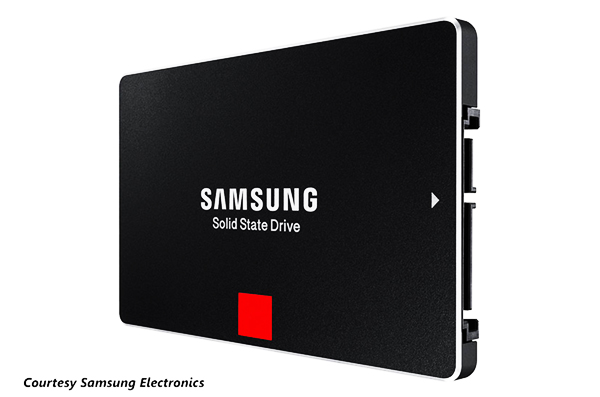Computers—laptops in particular—are in the middle of some very big changes, and any photographers pondering a new purchase would do well to consider technical features that are either here now or will be available in the next few months. Advancements in components are coming fast and I’ll list of few here.
Windows 10. If you are not totally enveloped in the Apple Macintosh camp, the next version of the Windows operating system is due for release July 29th. This is a major upgrade and a very important step for Microsoft as its success (or lack thereof) will have a big impact on this sector of the consumer computing universe. Expectations are running high, and manufacturers are already showcasing devices designed specifically to run the new OS.
New processor chips. The second wave of Intel’s Broadwell processors is being released, promising modest improvements in power consumption, CPU performance, and a new top-end Iris Pro 6200 integrated graphics component. The complication is that this release was significantly delayed, and the next Intel chip iteration (Skylake, which portends even greater performance gains) is just a few months away.
PCIe storage. Solid state storage using fast PCIe 3.0 lanes and either the current AHCI or rapidly emerging NVMe host controller interface opens the door to a quantum leap in data transfer rates. Capacity is growing too, with many benefits.
Screens (displays). Higher and higher resolution is the marching order for laptops and desktops with some reaching 4K or even 5K (the Retina iMac). Some are moving in the direction of a wider gamut as well, though few laptops even still reach 100% of the sRGB color space.
Batteries. Battery technology continues to improve, though more slowly than other components, it seems. Processors with lower power demands help increase battery life.
Peripheral connectors. USB 3.1 and Thunderbolt 3 are either here now or likely to be incorporated before the end of the year using a USB Type-C connector. Faster data transfer is always welcome and the small size of this plug/socket combination will see it used in a great many devices.
Ongoing assault on overall weight. Laptop builders continue to carve weight from devices, though at some point there’s a practical limit. A laptop requires some physical mass and weight to balance and be comfortable in use, but there is likely some room for more trimming on many machines.
Apple’s latest update of their 15-inch Retina MacBook Pro incorporated a few of these advancements. See this review for a better understanding of current realities and future possibilities.
My idea of a perfect laptop for photographic mobile use would be one with a 14” or 15” hi-res (3K or better) wide-gamut non-glossy display, an i7 quad-core CPU, 1TB (or more) of PCIe 3.0/NVMe storage, high-end discreet graphics, 16GB or 32GB of quad-channel RAM, at least four Thunderbolt 3 ports, and a battery that lasts at least 8-10 hours in normal use. That’s a lot to ask for, but doesn’t sound unreasonable given the latest advancements. Anyway, one can wish.





